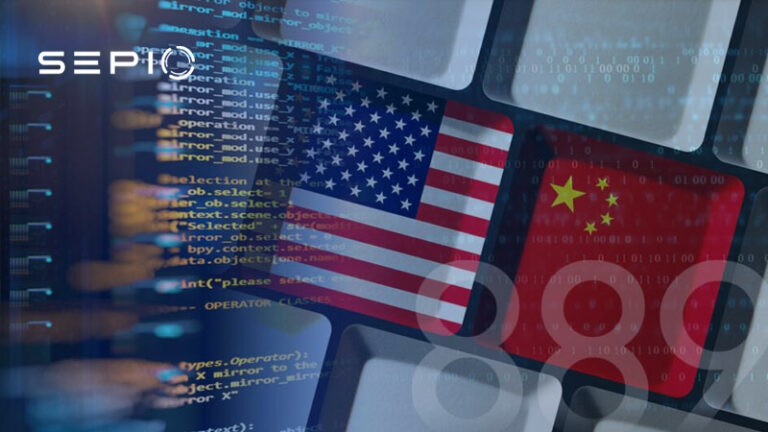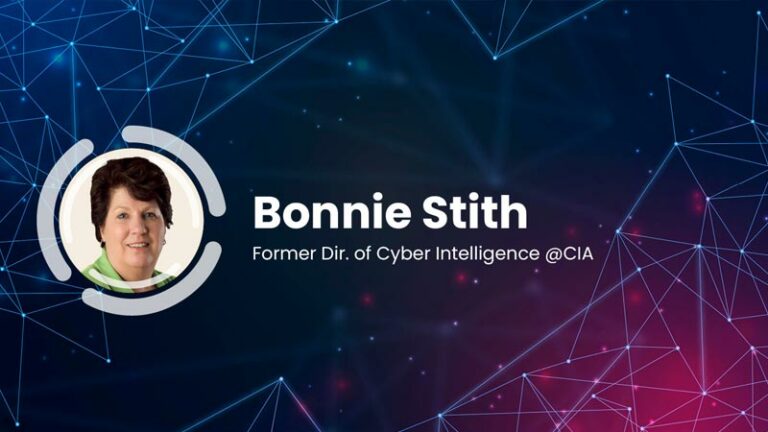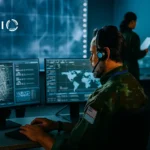Industrial Control Systems (ICS) Security Challenges are becoming a top priority as critical infrastructure sectors, such as energy, water, manufacturing, and transportation, face a rising tide of cyber threats. These systems manage and automate industrial operations by linking physical machinery with digital controls. As ICS environments converge with IT networks, they become more efficient, but they also face an increased vulnerability to cyberattacks. Securing Industrial Control Systems against evolving risks is complex yet essential, especially in light of recent cyberattacks and the U.S. government’s Cybersecurity Executive Order.
Bentsi Benatar, CMO and co-founder at Sepio, highlights the unique ICS security challenges emerging after the recent Executive Order.
Why Are Industrial Control Systems a Target for Cyberattacks?
Cyberattacks on critical infrastructure are driven by three main motivations: to cause physical disruption, generate psychological impact, and exert financial pressure, typically through ransomware attacks. Industrial Control Systems are high-value targets due to their central role in public and private sector operations. A breach in these systems can halt regional operations and damage public trust in essential services.
The Cybersecurity Executive Order and Its Impact on ICS Security
In early May 2021, President Biden signed the Executive Order (EO) on Improving the Nation’s Cybersecurity, widely known as the Cybersecurity Executive Order. Though long anticipated due to a wave of cyberattacks against key U.S. entities, its signing came shortly after the high-profile Colonial Pipeline attack, which severely disrupted fuel supply along the East Coast. Just months prior, the SolarWinds breach had compromised multiple federal agencies. These incidents underscore the significant national security risks posed by cyberattacks on critical infrastructure.
One of the most crucial aspects of the EO is the directive to advance Zero Trust Architecture (ZTA) within federal cybersecurity practices.
Cyber-Physical Convergence of IT and OT
The Cybersecurity Executive Order calls for strengthening the nation’s cybersecurity posture by addressing the growing convergence of IT and OT (Operational Technology). Historically, IT systems were primarily concerned with confidentiality and integrity, while OT systems focused on the availability and safety of critical infrastructure. This convergence introduces new challenges, as securing both IT and OT networks simultaneously is increasingly difficult.
The Cyber-Physical Convergence necessitates a unified approach to risk management, one that ensures ICS systems are resilient against new threats targeting both digital and physical assets.
Zero Trust Architecture
Zero Trust Architecture (ZTA) is central to mitigating Industrial Control Systems Security Challenges. Unlike traditional security models that assume internal networks are secure, Zero Trust enforces strict verification for every access request, regardless of origin. ZTA is a data-driven model that evaluates the identity, context, and security posture of each access attempt before granting permissions.

For ICS environments, this means every device, system, and user must be authenticated and continuously verified. However, traditional security tools fall short in identifying rogue or spoofed hardware assets at the Physical Layer. This gap allows sophisticated threats, like hardware implants or unauthorized peripherals, to bypass Zero Trust policies.
To be effective, Zero Trust Architecture must be paired with Physical Layer visibility, allowing complete identification of all connected assets. This synergy ensures that Zero Trust policies can be enforced robustly, protecting ICS systems from sophisticated hardware-based attacks.
Adapting ICS Security to Evolving Cyber Threats
Bentsi Benatar will further explore how the Cybersecurity Executive Order impacts Industrial Control Systems security and outline key strategies for adapting to the increasingly complex landscape of cyber threats. By combining Zero Trust Architecture with enhanced Physical Layer visibility, organizations can strengthen their defenses and safeguard critical infrastructure from emerging risks.





